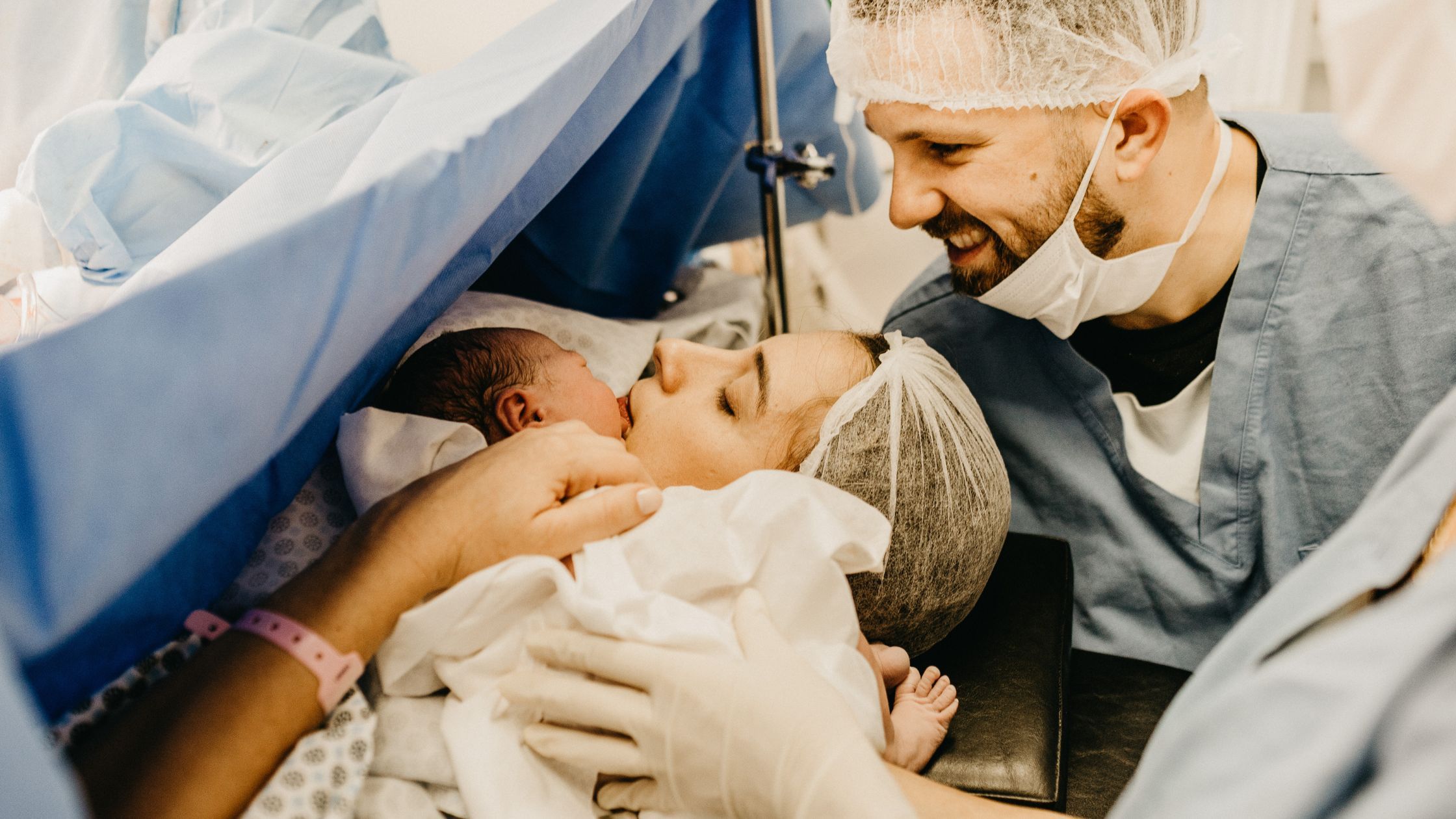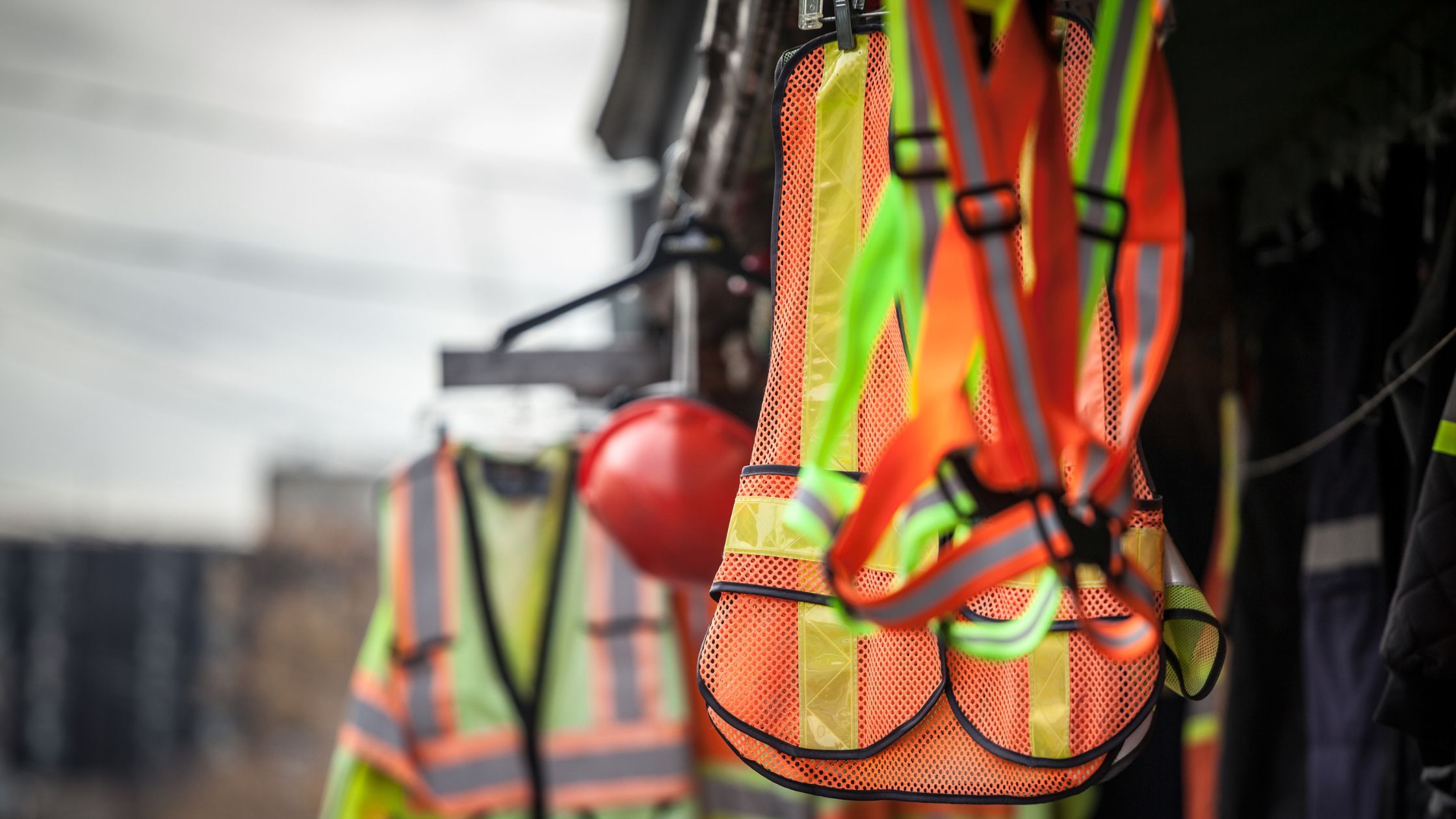Perineal tear
It is estimated that around 70% of mothers who deliver vaginally will suffer some degree of perineal trauma. Perineal trauma can be classified as:-
1st degree - involving skin only
2nd degree - involving skin and perineal muscle
3rd degree - includes partial or complete rupture of the anal sphincter
4th degree - as for 3rd degree, but also involves the anal mucosa.
Common causes of perineal tear
A medical professional cannot advise for certain as to whether a woman shall suffer perineal tear during labour, however, particular factors place women at a higher risk. The recognised risk factors include:-
- A baby who weighs over 8.82 pounds (4kg);
- A long second stage;
- Induction;
- Epidural;
- An occipitoposterior position (when the back of baby's head is against the mother's back);
- Forceps delivery.
- Ventouse delivery.
- Shoulder dystocia.
- Midline episiotomy.
A baby who weighs over 4kg
Whilst delivering a large baby does carry increased risk of complications including tearing, many women suffer distress and anxiety at the prospect of having a large baby and experiencing complications during vaginal delivery. Whilst having a large baby does not itself provide a reason to offer a woman caesarean section, the NICE guidelines do state that it is the maternal right to opt for caesarean section but only in particular situations and where criteria is met.
Shoulder dystocia
Shoulder dystocia occurs during labour whereby after the delivery of the head, the anterior shoulder of the baby cannot pass or obligates substantial manipulation to pass below the pubic symphysis. Shoulder dystocia is diagnosed when the shoulders fail to deliver subsequent to the baby's head.
The occurrence of shoulder dystocia is almost unpredictable and unavoidable. This is a critical situation for both mother and baby. In this situation, delivery of a live baby is the highest priority. Therefore, perineal tears are typical in cases of shoulder dystocia, particularly when significant manipulation is required.
Episiotomy
Episiotomies are conducted during the second stage of labour to expand the opening of the vagina to prevent tearing of the perineum and surrounding tissue.
Since the 1980s, episiotomy rate has reduced dramatically as studies have shown its associated with increased blood loss, long-term morbidity such as pain and, dyspareunia (difficult or painful sexual intercourse).
Episiotomies should be performed with adequate analgesia, such as an epidural or perineal infiltration with local anaesthetic.
There are two types of episiotomies:-+
1. Mediolateral. This is a cut from the vagina at an angle off to one side of the anus. This is widely used the UK and is more likely to protect the anal sphincter if the incision extends during delivery.
2. Midline. The incision is made in the middle of the vaginal opening, straight down toward the anus. Although this is easier to repair and improved healing, it is more likely to involve the anal sphincter if it extends.
Repairing episiotomies
Repair of an episiotomy should be performed by an experienced operator. A three-layer technique is ordinarily practised with absorbable subcuticular sutures. This is as follows:-
1. First layer - vaginal skin.
2. Second layer - perineal body.
3. Third layer - perineal skin.
At the end of the procedure, all needles and swabs should be accounted for. An examination of the vagina should be conducted to ensure the top of the episiotomy is secure. Rectal examination should also be conducted to ensure that the rectal mucosa (inner lining of the rectum) has not been pierced by any deep sutures as this can result in fistula formation.
Perineal repairs
The principles for repair are identical as those for episiotomy. On occasions, 1st degree tears can be allowed to heal by primary or secondary intention in the event the tear is not actively bleeding.
It is crucial that medical professionals recognise and repair appropriately, any damage to the anal sphincter or rectal mucosa. Failure to do so may result in long-term injuries such urgency of stool or incontinence.
Perineal tears and clinical negligence
Labour is potentially a critical and dangerous setting. As discussed above, in certain circumstances, delivery of a living baby is highest priority. In such cases, perineal tears are not so carefully avoided but are rather seen as a necessary consequence of delivery. However, there may be occasions where perineal tears may be avoided. This includes:-
- Knowledge of a large baby and mother showed desire for caesarean section, which was declined.
- Failure to perform episiotomy where necessary.
- Failure to perform suitable episiotomy.
However, most cases of negligence associated with perineal tear arise as a result of the repair.
Instances of potential negligence are as follows:-
- The repair is conducted by an inexperienced operator. First and second degree tears may be repaired by an appropriately trained and qualified midwife in the delivery room.
- Should a woman suffer a third or fourth-degree tear, repair should be carried out in the theatre, by an appropriately trained obstetrician and in sterile surroundings.
- Failure to appropriately assess and diagnose the degree of tear.
- Failure to treat the woman with antibiotics and the woman later goes on to suffer infection.
- Failure to treat the woman with laxatives (particularly in cases of third and fourth degree tears).
- Failure to arrange a six week post-natal appointment with an obstetrician.
- If a woman suffered a perineal tear, and goes on to become pregnant again, the woman should be counselled and provided the option for caesarean section.
Options available to you
If you are concerned that you or a loved one have suffered as the result of negligence, you should seek legal advice to obtain further information regarding your options.
Our specialist team of solicitors understand that the prospect of pursuing a claim is daunting and with cases involving perineal tear, clients feel embarrassed to discuss circumstances and symptomology. However, our team offers professional and confidential advice in order to provide the support, guidance and representation in order to hold those at fault accountable and, compensate clients for their otherwise avoidable pain and suffering.
Should you wish to receive further information please contact our team on 01633 262 848. The information contained herein is not to be treated as medical or legal advice. Please seek medical or legal advice from your healthcare provider/consultant or solicitor.






























